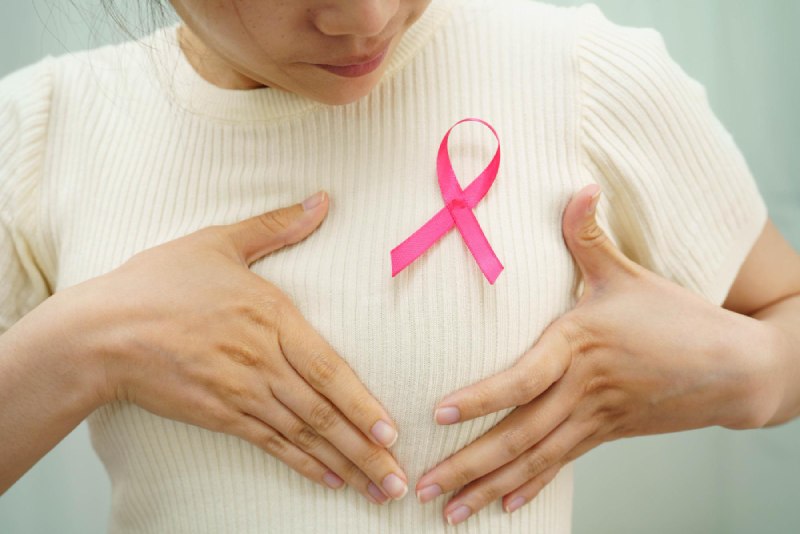Luminal A–B Breast Cancer: Treatable but Not to Be Ignored
What is Luminal Breast Cancer?
Breast cancer can be classified into several subtypes based on cell characteristics and hormone receptor status. Among the most common are Luminal A and Luminal B types.
Luminal A
This subtype tends to grow slowly, is less aggressive, and responds well to hormone therapy.
Luminal B
Similar to Luminal A but grows faster, is more aggressive, and often requires more intensive treatment, such as chemotherapy combined with hormone therapy.
Key Differences Between Luminal A and B
Aggressiveness
- Luminal A : Less aggressive
- Luminal B : More aggressive
Hormone receptors (ER/PR)
- Luminal A : Usually positive
- Luminal B : Usually positive
HER2
- Luminal A : Usually negative
- Luminal B : Can be positive or negative
Treatment Options
- Luminal A : Mainly hormone therapy
- Luminal B : Hormone therapy + chemotherapy
Prognosis
- Luminal A : Better outcomes
- Luminal B : Higher risk of recurrence
Treatment Options
The choice of treatment depends on cancer type and stage:
- Hormone Therapy – helps block or adjust hormones to slow cancer growth.
- Chemotherapy – often necessary for Luminal B cases to prevent spread.
- Surgery and Radiation Therapy – to remove tumors and reduce recurrence risk.
Why Consistent Treatment Matters
Although Luminal A and B are not the most aggressive breast cancer subtypes, neglecting proper treatment or stopping therapy early can lead to recurrence and more complex disease progression. Following the doctor’s treatment plan strictly is crucial for the best outcomes.
summarize
Luminal A and B breast cancers are considered less aggressive than other types, but proper treatment from the beginning is key. With timely care, patients have a high chance of recovery and long-term control of the disease.





